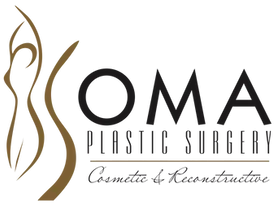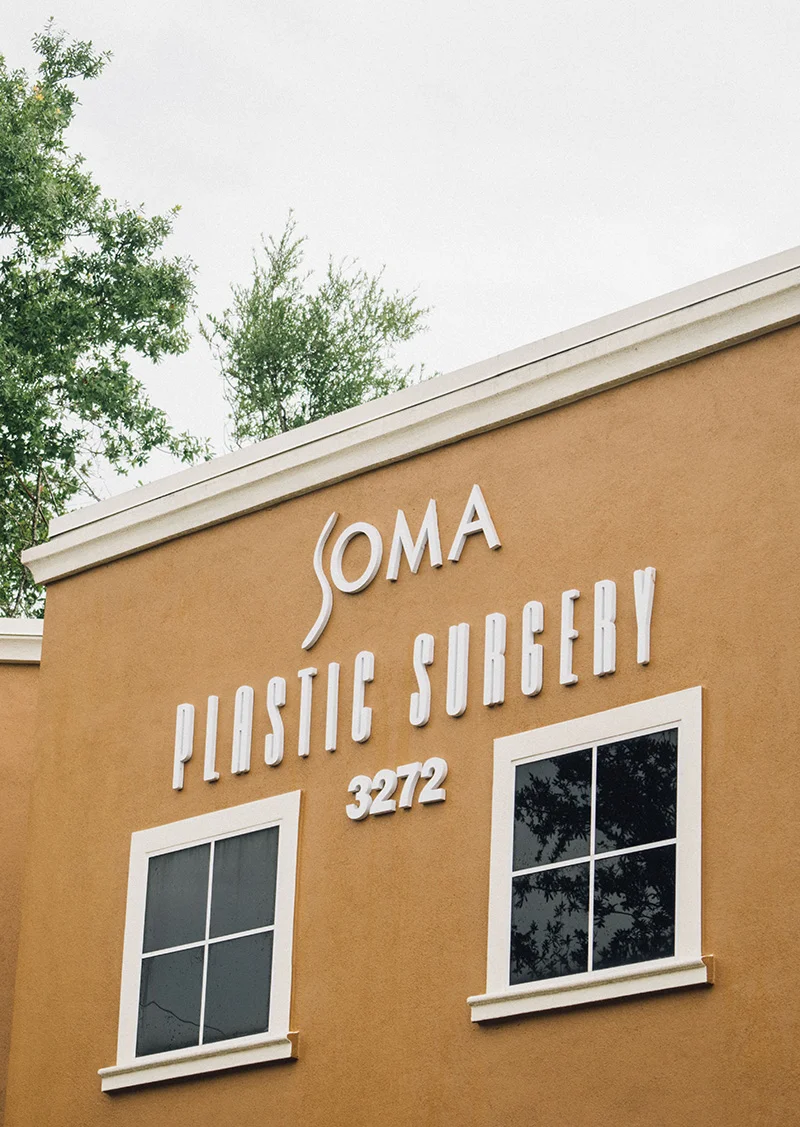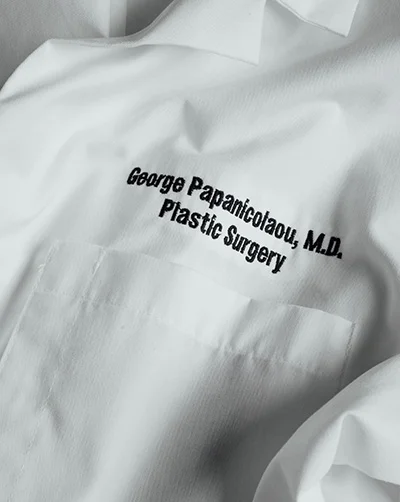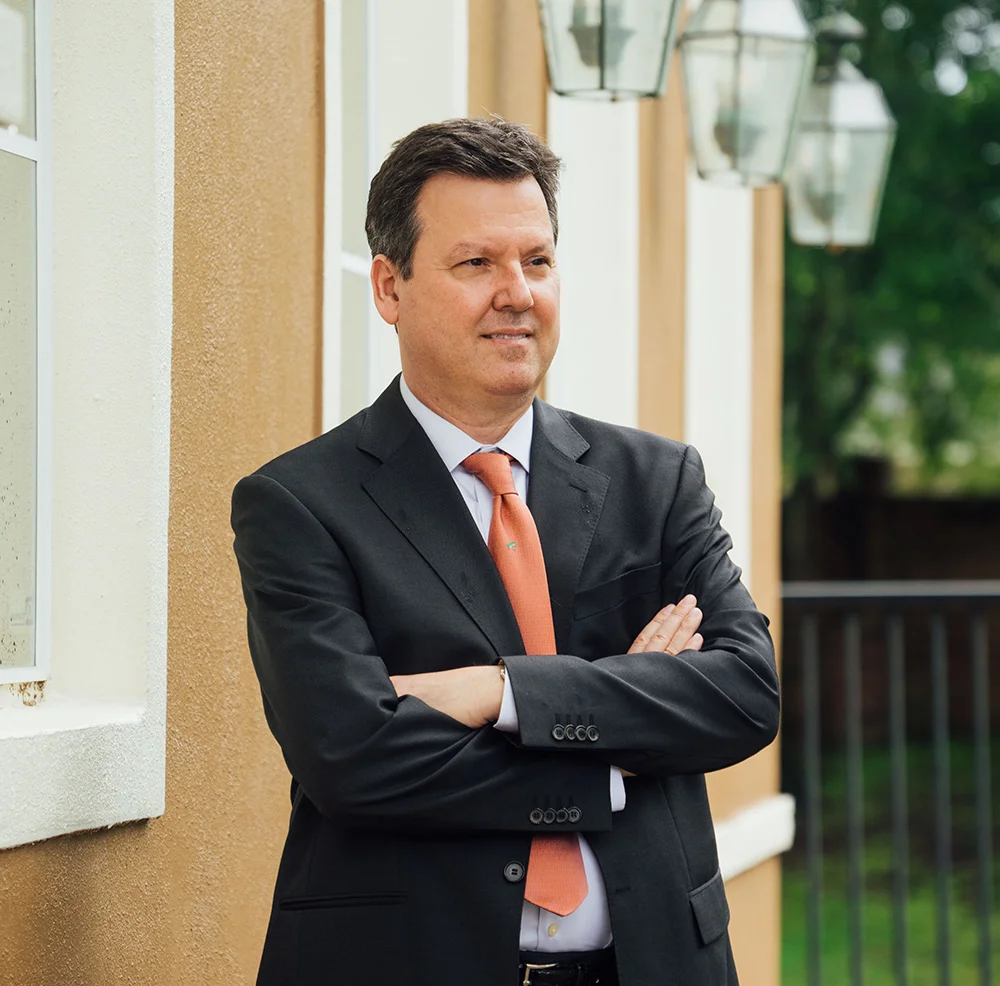What is Laser Skin Resurfacing?
Laser Skin Resurfacing is a method of removing the older, upper layer of skin to allow new, fresh, and younger-looking skin to appear. At a certain point, signs of aging like discoloration, deep wrinkles, and skin laxity become increasingly challenging to treat with your everyday skincare routine. And surgical lifting treatments and procedures only address excess skin and the musculature underneath which is why laser skin resurfacing is a great solution to add to surgical lifts or on its own.
Laser Skin Resurfacing in Orlando removes fractional layers of the skin, meaning that certain columns of the skin are removed at a time. This leaves the surrounding skin intact to help accelerate the healing process for the new skin to appear and reduce the appearance of skin conditions such as:
- Sun spots or freckles
- Fine lines or wrinkles
- Scarring
- Discoloration
- Skin tone and texture
- Skin elasticity or loose skin
- Thin or damaged collagen layer of the face, neck, and chest
What are the Benefits of Laser Skin Resurfacing?
An Orlando Laser Skin Resurfacing treatment is a great way to non-surgically bring life back into your skin. This treatment poses many benefits as it prompts a fresh, new layer of skin to replace your areas of concern. Some of the benefits of Laser Skin Resurfacing include:
- Reduces the appearance of age spots, scars, fine lines and wrinkles
- Reduces the appearance of crow’s feet
- Tightens and firms skin with increased elasticity
- Evens out skin tone and coloration
- Reduces the size of pores
